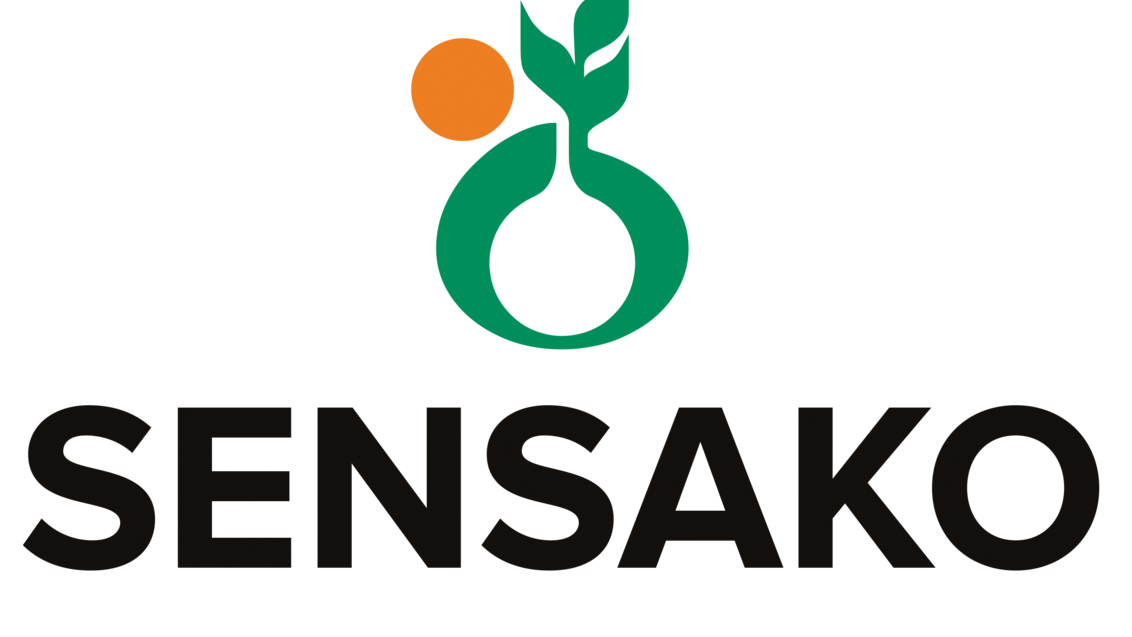Sensako foundation wheat seed now treated with CELEST Top

Annually small grain producers are confronted with a multitude of different production challenges that also erode their profit margins. Root rot diseases constitute one of these threats that affect the productivity of agricultural crops.
Root rot diseases are not only causing problems for South African farmers, but world-wide constitute an important part of the on-farm challenges facing farmers. What makes the situation more complex, is the fact that root rot diseases are usually caused by a root rot complex comprising more than one type of pathogen. Fungal and oomycete species are the predominant participants in the complex, while bacteria and viruses are also known to cause root rot.
The four most common root rot diseases that occur in barley and wheat are caused by fungi that live in the soil. These are Pythium spp. root rot, also known as seedling wilt, Fusarium root rot, Fusarium ear scorch, and Rhizoctonia root rot.
The fungi is common in all cultivated soils. The fungus can live in the soil on crop debris or as hardy oospores for a long time. Once the climate conditions are suitable with adequate moisture as well as a suitable host plant, the oospores will become active and infect crops on the field. Because these fungal diseases also occur on other crops such as maize and vegetables, it is quite difficult to control especially where crop rotation is not always an option.
Pythium spp. has a specific preference for juvenile tissue in young seedlings and hardly ever causes decay of mature plants. The fungus affects the germinating wheat and barley seedlings because it utilises the sugars stored in the endosperm. In the field weak, wilted, and small seedlings will be noticed. Infected seedlings usually show a reduced development of the root system that can have a negative effect on water and nutrient uptake and eventually reduce yield. Affected seedlings become stunted, develop brown, rotted roots, and may fall over.
Because the infection occurs at a very early stage, it is not always correctly diagnosed. Poor germination and emergence can be attributed to other causes such as poor-quality seed or other soil-borne diseases such as Rhizoctonia spp. or Fusarium spp.
Seed treatment is an excellent solution for preventative control. One of the best ways to achieve early protection is by treating the seed to prevent the infection of germinating seed. Seed treatments will also protect the emerging seedling for some time after germination. This will allow the seedling to develop a strong and healthy root system.
